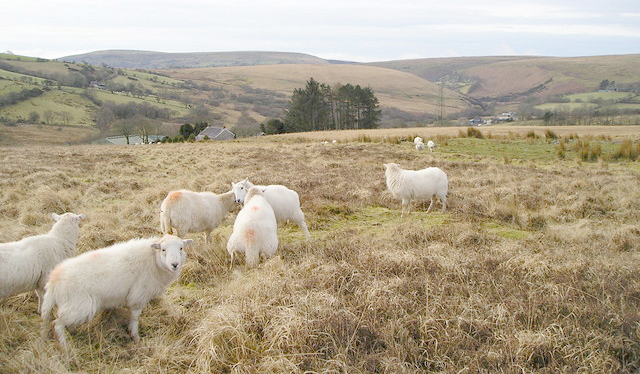
Sheep producers are being cautioned to watch out for gut worms in lambs, after research identified that internal parasites are still a common cause of deaths in the autumn.
Data from the AHDB Beef & Lamb-funded fallen stock project, based on results of post-mortems carried out between April 2014 and June 2015, shows that gut worms were responsible for 12 per cent of all lamb deaths. There was a clear peak in deaths in November and December.
The high level of deaths associated with parasites may be the consequence of mild weather conditions, resulting in a high numbers of worms on pastures. Some lambs may not have acquired a high enough level of immunity to worms to withstand a parasite challenge, due to anthelmintic resistance or not being treated correctly. It is worth considering that the peak in lamb diagnoses in November and December could be due to more producers requesting a post-mortem, as gut worms were not suspected as a possible cause.
If losses due to worms this autumn or winter are suspected, producers should discuss treatment options and look at identifying the worm species involved with their vet or adviser. They must also continue to monitor worm levels using Faecal Egg Counts (FECs) and use a drench check after treatments to make sure it has been effective.
Lesley Stubbings, of the Sustainable Control of Parasites in Sheep (SCOPS) industry group, said: “Given the mild conditions so far this autumn, it is vital that sheep producers keep monitoring lambs with FECs and make sure they use an effective treatment when necessary.
“Even lambs that have been put on to forage crops or aftermaths can be at risk, because the worms have continued to reproduce and levels can rise very quickly. Don’t forget that it isn’t just about deaths. Uncontrolled worms will reduce growth rates if left untreated and that will increase costs.”
